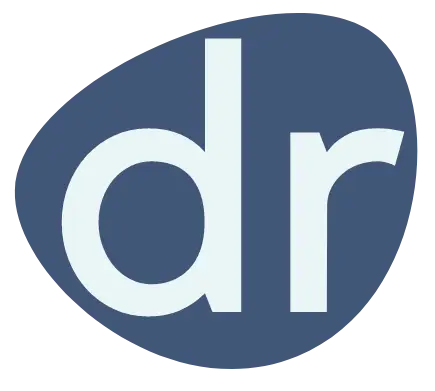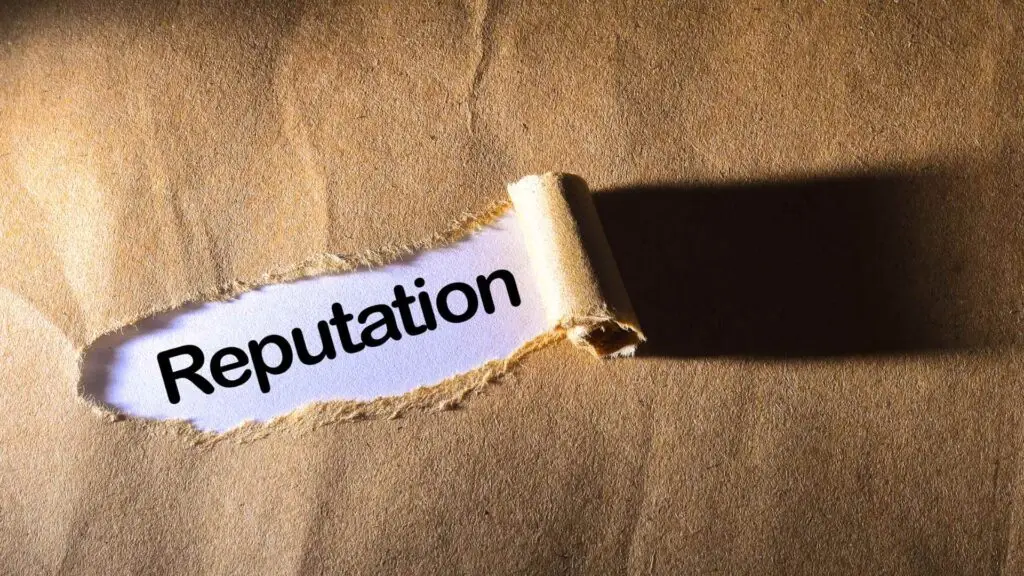Removing unwanted online content in today’s digital landscape is crucial for maintaining a positive personal or brand image. However, the process can be complex, often involving various legal and technical considerations. This guide provides a detailed overview of how to approach content removal from the internet and crucial legal insights.
Understanding the Types of Online Content
Firstly, it’s essential to categorize the type of content you want to remove. This could include personal information, defamatory remarks, copyright violations, or outdated content. The strategy for removal often depends on the nature of the content.
Steps for Content Removal
1. Identify the Source
Locate the website or platform hosting the unwanted content. This is your starting point for any removal request.
2. Review the Platform’s Policies
Most websites and social media platforms have content policies and procedures for requesting removals. Familiarize yourself with these guidelines.
3. Prepare a Removal Request
When contacting website owners or platforms, be clear and concise in your request. Provide a legitimate reason for the removal, such as privacy concerns or defamatory content.
4. Consider Legal Action
Legal action may be necessary if the content is defamatory or violates your rights. This could involve sending a cease and desist letter or filing a lawsuit.
5. Utilize Search Engine Removal Services
For content that cannot be removed from the source, you can request search engines like Google to de-index the page, making it less accessible.
6. Monitor the Situation
After the content is removed, continue to monitor the internet for any reappearances or copies of the content.
Legal Considerations
Navigating the legal aspects of content removal requires a nuanced understanding of laws like the Communications Decency Act (CDA) and the right to be forgotten. Platforms are often protected from liability for user-generated content under Section 230 of the CDA. However, there are exceptions, particularly in cases involving copyright infringement or explicit personal data.
Challenges and Limitations
Content removal is only sometimes straightforward. Issues like jurisdiction, anonymous posters, and the sheer volume of online content can pose significant challenges. Furthermore, the internet’s global nature means that content hosted in other countries may be subject to different laws and regulations.
Conclusion
Removing content from the internet requires a balanced approach that considers both technical and legal strategies. It’s often a complex task that might necessitate professional assistance. Remember, acting swiftly and knowledgeably is crucial to protect your online reputation or privacy.







